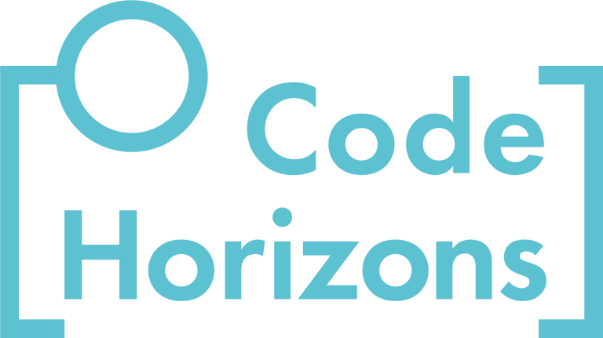One of the reasons so many people choose SPSS for data analysis is that it is quite simple to use, with an intuitive graphical user interface (GUI) that is easy to navigate. Many people never go beyond that user interface when they interact with SPSS or other GUI-based statistics programs.
You certainly have the right to point and click your way through your career if you choose. But in the statistics courses I teach I always instruct using the syntax-based command system, even in my most basic courses.
LEARN MORE IN ONE OF OUR SHORT SEMINARS
With a few exceptions, most statistical packages offer the option of writing syntax or “code” as a means of communicating your wants. If you don’t know the syntax for your favorite software, I strongly encourage you to learn it. You may resist this, at first, because it will seem like a lot of unnecessary work. But it is work that will pay off.
I am often asked by students why I require them to learn syntax. I once gave a verbal response to this question during a workshop on moderation and mediation. You can watch a video of that exchange by clicking here.
Here are some of the many reasons for learning syntax:
- It allows you to redo or modify an analysis without having to redo all the pointing and clicking.
- It provides a form of documentation of your thinking when you were doing the analysis. If you need to revisit an analysis later, you will be able to remember more easily what you did and why.
- It provides a simple means of communicating and sharing with others what you have done in an analysis. Some people you work with might even require this for archival purposes.
- At many universities, faculty, research support staff, and graduate students use syntax routinely and will expect you to know it if you are working with them. If you don’t know it, you will eventually embarrass yourself.
- Some features of some programs can only be accessed through the syntax system.
- What you learn will generalize. Many programs are syntax-driven. Learning to think like a programmer will help you develop your research skills and branch out to using other data analysis programs that only work with syntax.
- You will be at a disadvantage in more advanced courses if you can’t communicate with a statistical program in its own language.
- It is a marketable skill that will give you a hiring edge at any place where research is done.
Eventually, using syntax will seem as easy as pointing and clicking. Learning how to speak with a data analysis program using its own vernacular is like learning a foreign language. Like learning any language, learning to “speak” in statistical code takes patience and practice, but it gets easier as your mastery builds. It is a skill you will be constantly developing and honing.



Comments
Part of the reason people use point and click with SPSS is that the syntax is wildly inconsistent across commands and is very hard to remember. With Stata, you can often guess at the syntax of a command even if you have never used it before. I use menus occasionally (the syntax for graphics, for example, can get pretty complicated) but more often than not I just check the Stata help.
I find myself in complete agreement with the points you made here. I blogged about a recent experience, http://www.analytics-hr.com/blog/integrity-in-data-analysis, where I really wish the previous year’s data analysis (done by somebody else) had a syntax. Data integrity is so important particularly when dealing with trends and repeatability and I believe that having the syntax really is effective in maintaining that integrity.